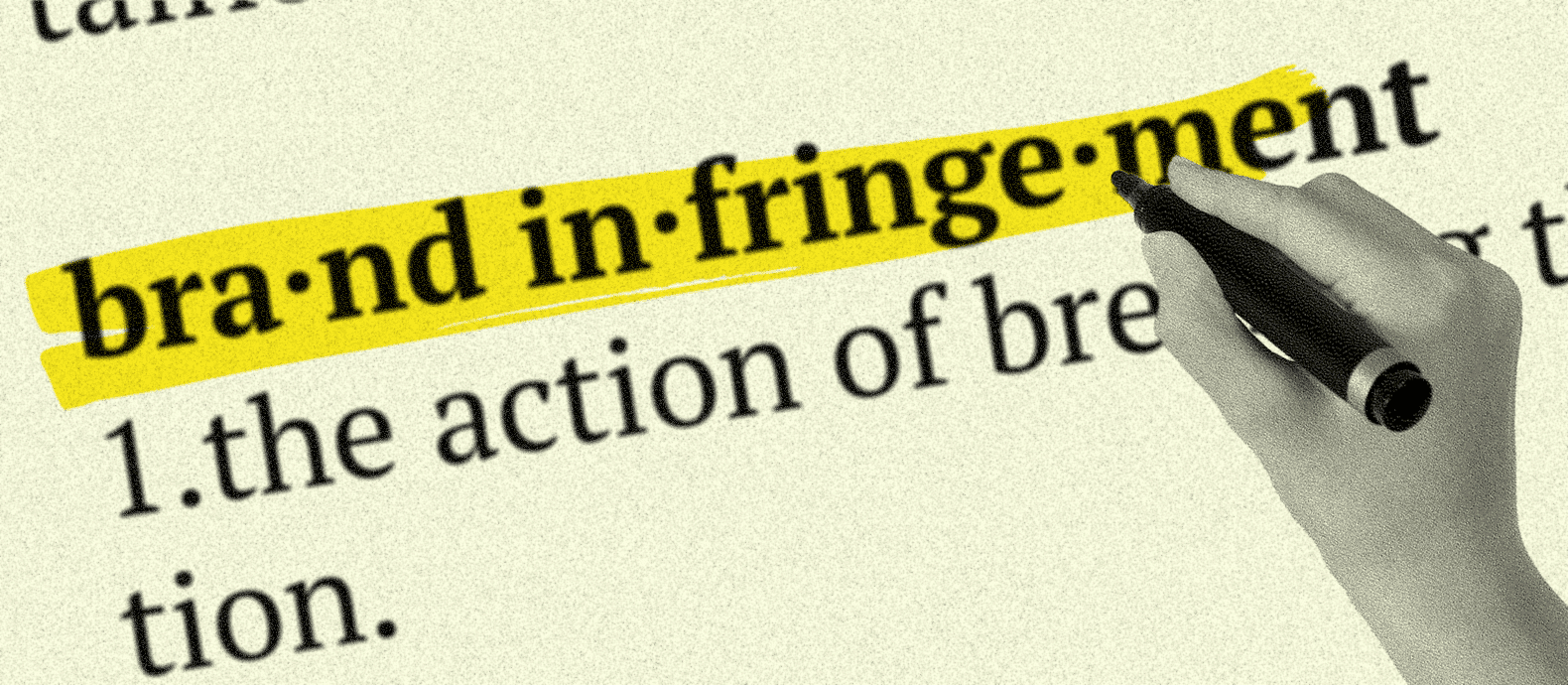Business name trademark infringement is a serious matter that business owners should not take lightly. These issues may include brand identity and reputation. If not addressed properly, it will eventually have an impact on cash flow and finances, among other important business considerations.
It is important to emphasize that a business name is more than just a name. It includes the company’s goodwill, profitability, and the principles that your brand represents and has built over time. It is essential to take action if your business name is being used illegally by someone else, since it is an important piece of your brand identity.
In today’s article, we will discuss:
- How can I prevent business name trademark infringement?
- How can I detect business name trademark infringement?
- What can I do once I detect that my business name has been subject to trademark infringement?
- What are the risks and fees associated with business name trademark infringement?
How can you prevent business name trademark infringement?
Trademark registration
The most common advice in protecting your business name from being infringed is to register it as a trademark. To recap, trademark registration is the act of registering with the appropriate trademark office the concerned business mark, in order to give the applicant-owner the exclusive right to prevent others from exploiting the mark in any way. If you are in the US, this can be done through your state trademark office or the United States Patent Trademark Office (USPTO).
Trademark registration is not required for all businesses, but it is strongly recommended. As previously stated, a valid trademark registration entitles the owner to enforce their exclusive rights to the trademark. Registering a company name, in particular, is critical because it serves as the brand’s identifier. Furthermore, without a trademark registration, it becomes more difficult and problematic to stop the infringing activity.
Trademark monitoring
Another way to prevent business name trademark infringement is to monitor the market on a regular basis for any infringing activity involving your company’s name. It should be noted that using a business name monitoring service is not limited to legitimate trademark owners. Even if you do not have a registered trademark for your company name, you can run name monitoring to identify companies that are likely to divert your customers away from your company.
How can you detect business name trademark infringement?
Detecting business name trademark infringement can be done manually or through an effective trademark monitoring platform. For instance, Red Points’ Trademark Monitoring Software is an automated tool that continuously scans marketplaces, social media platforms, apps, and websites for potential infringements involving your business name. What makes this an even effective software is that it uses an image recognition technology, and keyword search.
If you are in the US, you can also use the USPTO’s Trademark Electronic Search System (TESS) to do a manual business name trademark check. Essentially, what this does is search the USPTO’s trademark database. As such, a limitation in using this system is it would only yield company names that are confusingly similar to yours that are registered or applied for. Unregistered names would not be detected in the database. An important consideration is that it would not be good to rely on the TESS alone, as most infringers will most definitely not register a name that they have illicitly copied from someone else.
How to report business name trademark infringement
Send a cease-and-desist
A common first step is to send a cease-and-desist letter. In drafting your cease-and-desist letters, one tip is to make sure that you keep a neutral and polite tone. Do not immediately assume a defensive stance, as it is possible that the other party is completely unaware of the infringement. Provide context regarding your business name trademark ownership. When sufficient background and basis are provided, the other business will become more willing to comply with your request to cease and desist.
Contact the USPTO
You have the option of filing a complaint with the United States Patent and Trademark Office (USPTO) if the infringing party continues to use the infringing name after receiving a cease and desist letter. The USPTO will look into the situation and, if it’s confirmed to be a business name trademark infringement, they will take the necessary steps to stop the infringement.
File an intellectual property lawsuit
Another recourse is intellectual property litigation, which is often resorted to when demand letters are unheeded. In trademark infringement lawsuits, the court will grant an injunctive remedy in favor of the trademark owner who is able to prove the following:
- That the business name is a registered trademark;
- That someone else is using that business name/registered mark to sell similar products or services as yours; and
- That the infringing activity is confusing your consumers or diminishing the power of your registered mark.
Sometimes, the court would also grant monetary damages. This is if the prevailing party is able to sufficiently prove actual pecuniary loss or unjust enrichment on the part of the other party. It must be noted, however, that payment of damages is not automatic and is compensatory rather than punitive. Thus, sufficient proof is necessary.
Red Points’ Revenue Recovery program offers businesses access to world-class AI technology and a team of experts to undertake legal action against infringers. We do this by scanning global marketplaces to identify foreign counterfeiters shipping into the US, collect evidence and undertake legal action to freeze and recover funds from them.This program comes at no extra upfront cost for Red Points customers. Want to know if your brand is eligible? Apply today.
What’s next?
Intellectual property litigation is undeniably expensive and time-consuming. Trying to solve these cases outside the court will be the most cost-effective solution for your brand. If you find that your business trademark is being infringed on several platforms, hiring a third-party service that monitors and automatically reports the incident will minimize the damages and protect your consumers from scams.
Red Points’ Trademark Monitoring Software is an all-in-one platform that protects your business trademarks in marketplaces, social media platforms, apps, websites and domains, removing infringements as soon as a trademark infringement has been detected, saving your brand hundreds of thousands of dollars in infringement lawsuits.








